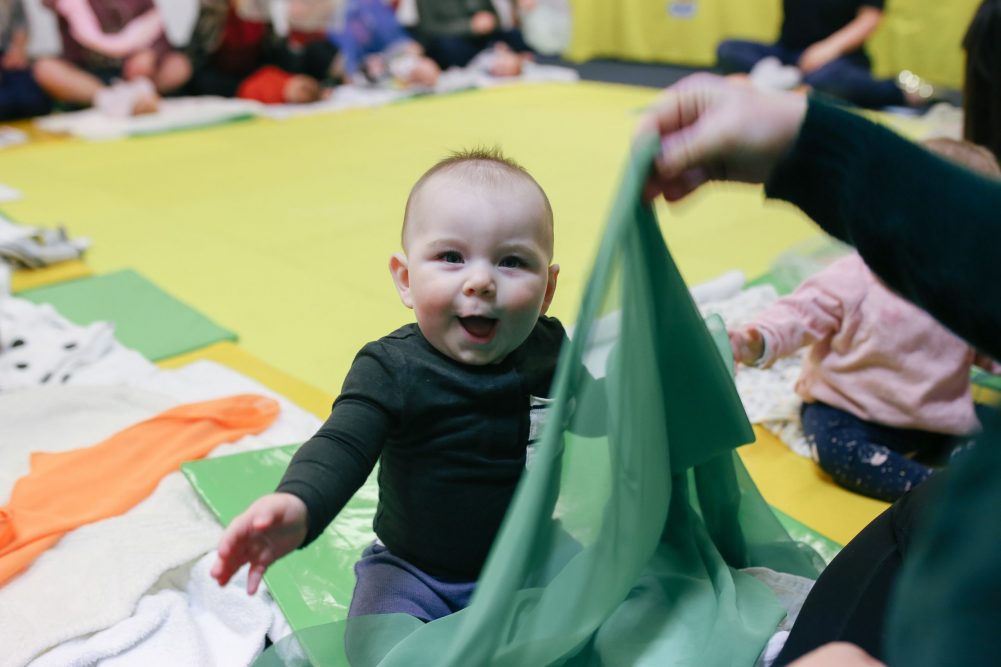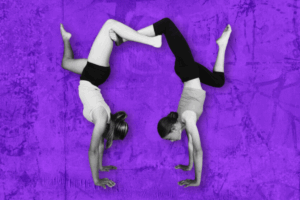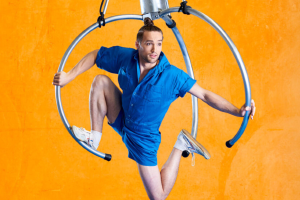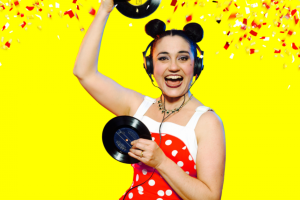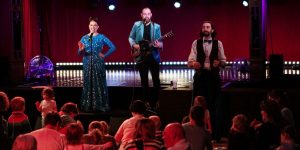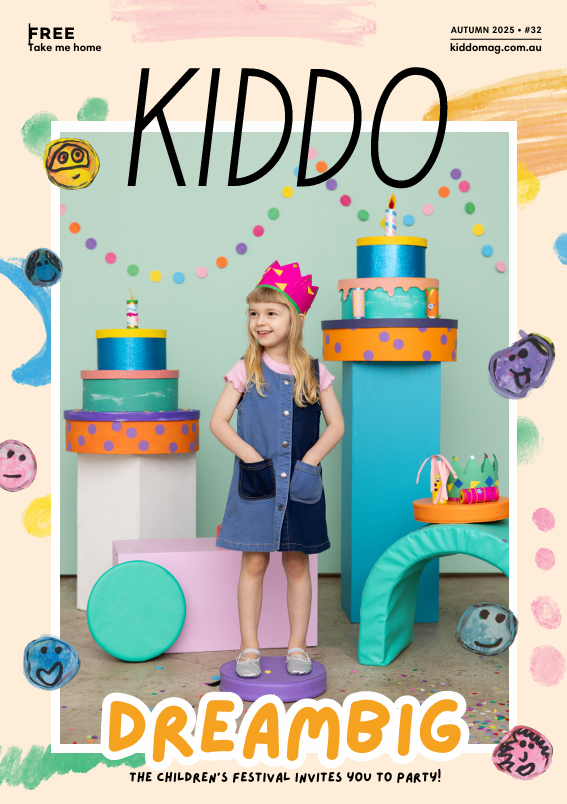WORDS: Dr Lin Day
With over 35 years of practical experience working with parents and children and driven by the passion and commitment to offer the best possible service, Dr Lin Day developed Baby Sensory and Baby Sensory Foundations to provide the support and knowledge necessary to lead baby learning and development forwards in the most important year of life.
Dr Day has shared more about the sensory experiences of babies, and how to tap into these senses to encourage development.
Sights
At birth, your baby can see colours, although they may appear blurry. That’s because the brain and eyes are still developing. It will take a few months before your baby can see colours clearly. However, even at this early stage of development, your baby can track the movement of an object. You can help your baby develop this skill by slowly moving a colourful toy across her field of vision or by hanging a mobile above her cot.
Bold black and white images, bright shapes and shiny objects will also stimulate your baby’s senses and maintain interest and concentration.
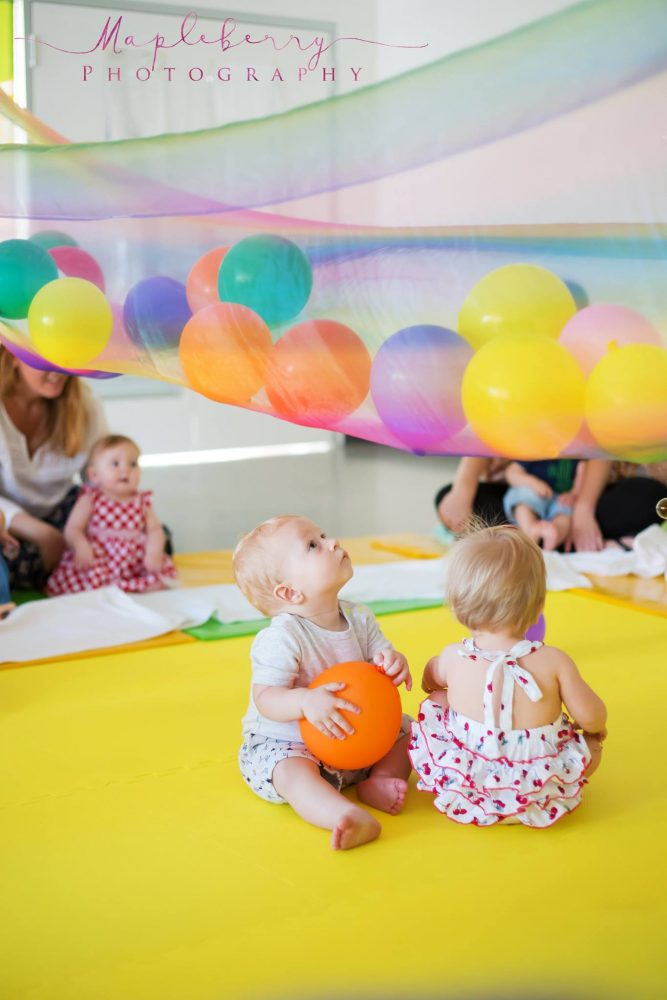
When you hold your newborn baby close, she’ll fixate on your eyes and study your facial expressions and mouth movements. Your baby may even stick out her tongue when you stick out yours!
Your baby can grasp an object from the moment she is born, but from about three months on, she’ll reach out for her favourite toys, which shows that her eye-hand coordination is developing. By the time your baby is nine months-old, she’ll pick up small objects using her thumb and forefinger. At this time, you’ll need to be extra careful about safety.
Sounds
Having listened to your voice in the womb, your baby will freeze when she hears you talk within minutes of the birth. She’ll also know the difference between your voice and that of a stranger. To help your baby tune in to the rhythms and patterns of speech, use simple, slow, repetitive sounds, and high and low pitches. When you change your baby’s nappy, talk or sing to her. She may respond with cooing sounds or throaty gurgles to show you that’s she’s listening!
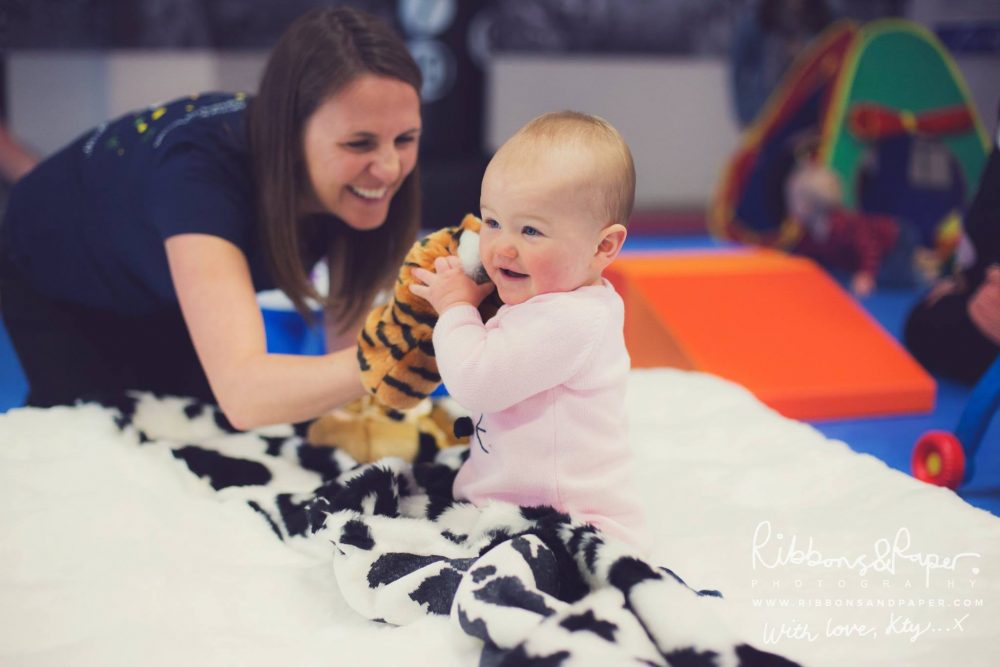
Your baby will recognize lullabies and tunes heard in utero and find them comforting. Other sounds similar to those heard in the womb include the rhythmic sound of your heartbeat, shushing, and white noise such as the tumble drier, vacuum cleaner or the hum of a car engine. Nature sounds such as rain, ocean waves, running water, a bubbling brook or fish tank are also very soothing.
Books are a wonderful way to introduce new sounds and words and they offer the perfect excuse to cuddle up and spend quality time together. Music is another sensory delight that can help your baby learn different rhythms and sound patterns, and drift into peaceful sleep at the end of a busy day.
If your baby fails to respond to everyday sounds or an ear infection is suspected, ask your GP or health visitor to carry out a hearing check.
Touch
Touch is one of your baby’s earliest sensory experiences and it plays an important role in the development of the brain. Massage, close physical contact (especially skin-to-skin), stimulates the production of oxytocin (known as the ‘love’ or bonding’ hormone), which makes your baby feel comfortable, warm and safe.
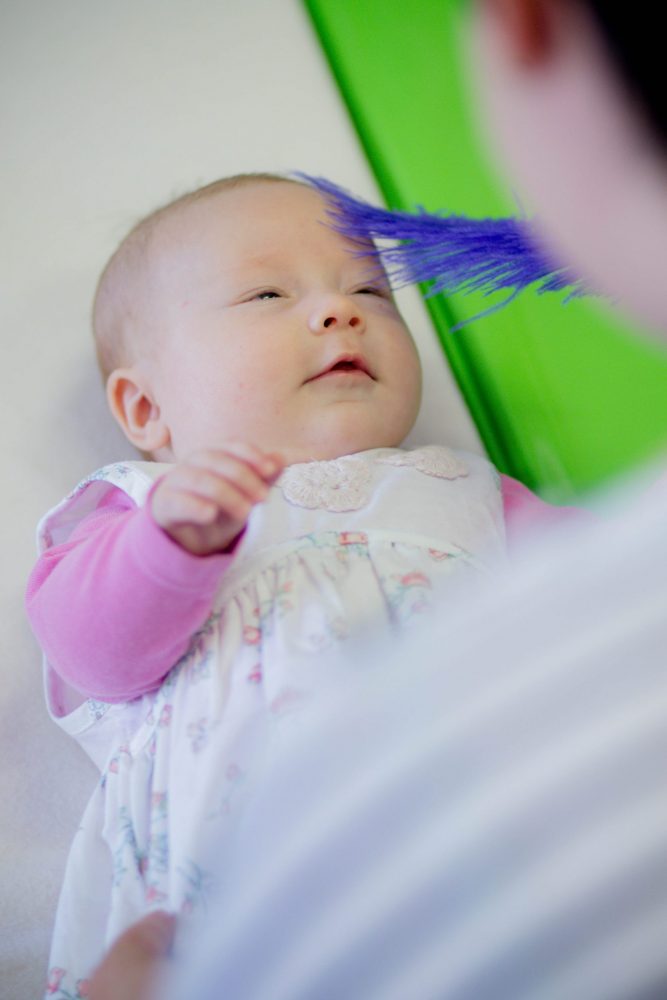
In the womb, your growing baby was lulled by the sensation of rocking and swaying. After the birth, your baby finds comfort when you rock or sway her in your arms. If your baby needs a lot of holding, a wrap or carrier will keep her close while freeing up your hands for other tasks.
Give your baby toys to look at, shake, and touch to boost her development. When your baby is about three months-old, she’ll bring everything to her mouth and learn about texture, shape, taste, smell, temperature, size and weight. But as soon as your baby starts crawling or moving about independently, be on the lookout for small, hazardous objects that could end up in her mouth.
Smell and taste
Within an hour of the birth, your baby uses her highly developed sense of smell and taste to locate the breast. Breast milk has a similar smell and taste to amniotic fluid, which your baby swallowed in the womb. Its sweet taste triggers the release of opiates in the brain, which calm your baby.
When nursed or during skin-to-skin, your baby experiences your taste and smell, which provides reassurance and comfort. A cloth sprinkled with milk or your familiar scent can offer your baby comfort when you’re not available. And there are plenty of other opportunities to stimulate this sense in the home from cooking smells to the scent of fresh flowers, herbs and baking bread.
If your baby has started solids, she’ll enjoy exploring the smell and taste of different foods. She’ll soon let you know which ones she likes best. The more varied your diet during pregnancy, the more likely your baby will be willing to try different foods.
Sensory toys
Age and stage appropriate toys will offer a wealth of sensory learning opportunities and lead development forwards. Black and white pictures to look at, and rattles that can be grasped, will stimulate the interest of a newborn or very young baby. Books with textured or sparkly materials, brightly coloured pictures and hide-and-seek surprises are also favourites for babies of all ages.
Sensory toys for babies aged three to six months include objects that can be brought to the mouth, and play gyms that can be biffed and kicked.
From six to nine months old, pop-up toys, musical instruments, tea sets, and activity centres with buttons to press provide an endless source of sensory stimulation. Large plastic bricks to stack or bang, shape sorters, and push along toys are fun and educational for babies aged nine to twelve months-old. A treasure basket containing interesting everyday objects or a cardboard box filled with paper or fabric will develop hand-eye coordination, keep little hands busy, and boost your baby’s intellectual development.
Where possible, limit the number of objects or toys to one or two at any one time to maintain interest. Look out for cues such as looking away from you, rubbing her eyes, yawning, fussing, jerky or disorganised movements. They may suggest that your baby needs a change of activity, quiet time, a cuddle or a nap.
Baby Sensory offers a magical world of sensory learning, wonder, exploration and extraordinary delights!
Find a class:

